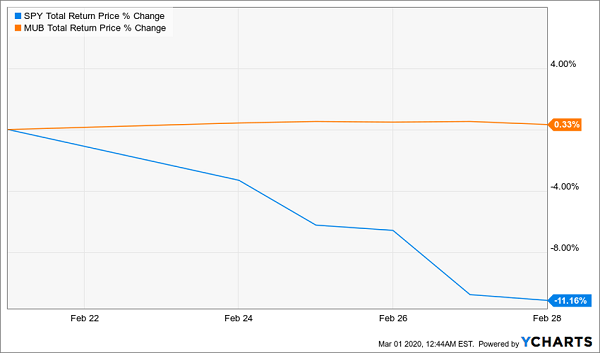Markets have freaked out over the coronavirus—but there’s good reason to believe they have overreacted—I gave you a few of these reasons in my March 19 article.
There’s another reason we need to talk about today: corporate earnings.
While it’s true that earnings expectations have fallen since the outbreak began, they haven’t fallen as much as you’d think. At the start of the quarter, analysts expected 4.4% earnings growth from S&P 500 companies. Now they’re expecting a 0.1% earnings decline.
That’s basically flat, and it’s better than the earnings declines we saw at the start of 2019, when stocks were rallying, so this news shouldn’t scare investors away.… Read more


Recent Comments